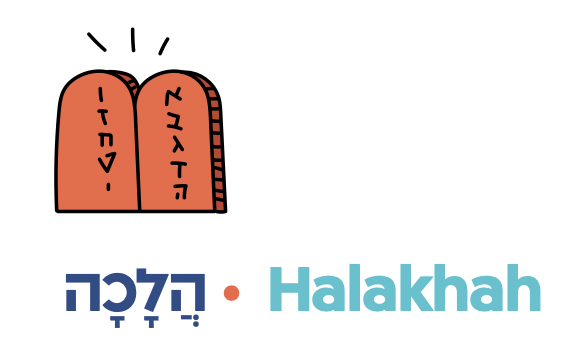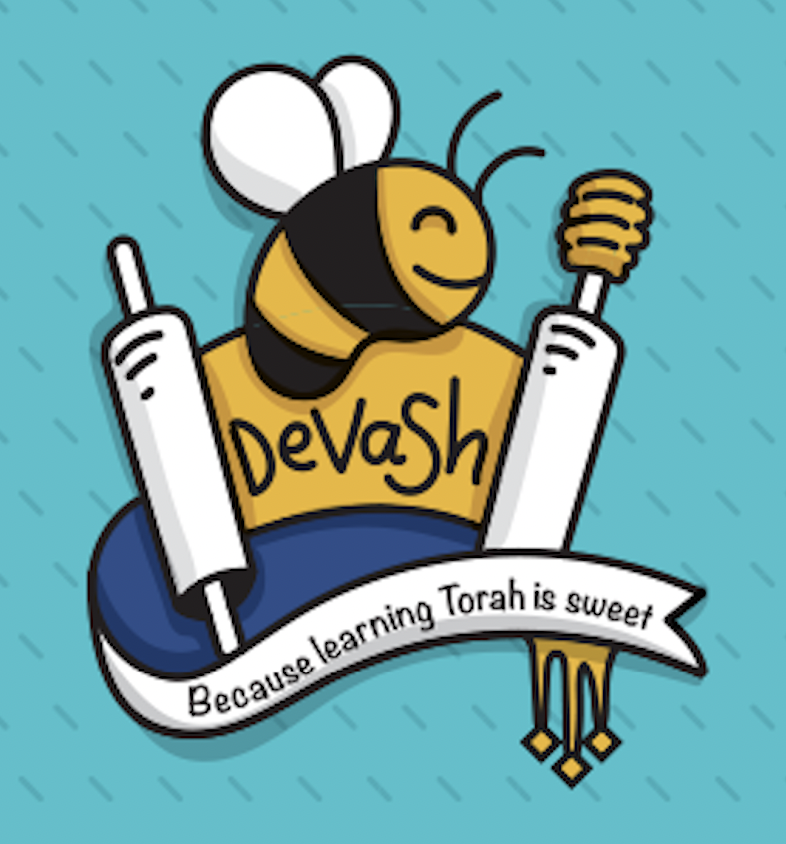Illustration Credit: Elad Lifshitz, Dov Abramson Studio

Halakhah הֲלָכָה
Many people have the custom of reviewing the Torah portion each week, reading the words of the parashah twice along with a translation. This practice is called שְׁנַיִם מִקְרָא וְאֶחַד תַּרְגּוּם (shnayim mikra ve-ehad targum). It’s a very old custom that is mentioned in the Talmud.
אָמַר רַב הוּנָא בַּר יְהוּדָה, אָמַר רַבִּי אַמֵּי: לְעוֹלָם יַשְׁלִים אָדָם פָּרָשִׁיּוֹתָיו עִם הַצִּבּוּר. שְׁנַיִם מִקְרָא וְאֶחָד תַּרְגּוּם.
Rav Huna bar Yehuda said that Rabbi Ami said: A person should always complete his Torah portions with the congregation. The congregation reads a particular Torah portion every Shabbat, and during the week prior to each Shabbat, one is required to read the Bible text of the weekly portion twice and the translation once.
The Ba’al Ha-Turim connects this practice to the opening line of our parashah, וְאֵלֶּה שְׁמוֹת בְּנֵי יִשְׂרָאֵל (And these are the names of the people of Israel; Shemot 1:1). He makes these words into an acronym, where the first letter of each word spells something out:
ואלה שמות בני ישראל. ר"ת
ואדם אשר לומד הסדר
שנים מקרא ואחד תרגום
בקול נעים ישיר
יחיה שנים רבות ארוכים לעולם:
A person who studies the Torah portion,
reading the text twice and a translation once, and sings it with a sweet melody,
will live many long years. (Spain, 700 years ago)
At the time of the Talmud, many people read the Torah in an Aramaic translation, known as Targum Onkelos, since Aramaic was the language most Jews understood. Eventually, a different custom developed. Instead of Targum Onkelos, people would study the parashah along with Rashi’s commentary (Shulhan Arukh, Orah Hayyim 285:2).
There are so many great ways of reviewing the parashah each week. Our favorite is reading Devash! Even if you didn’t do this before, the beginning of Sefer Shemot is a great time to start.
-------------------
-------------------





